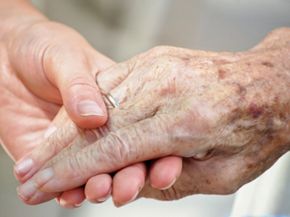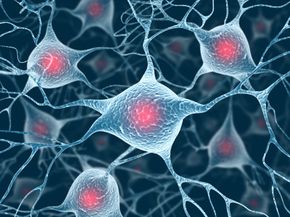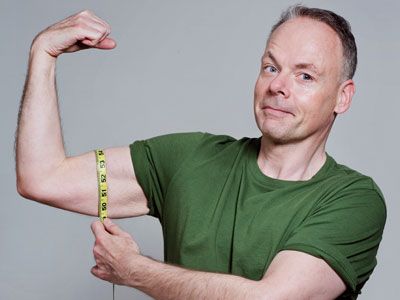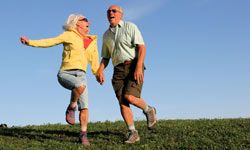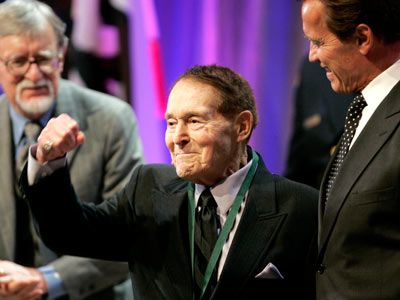There are some unmistakable hallmarks of age: Sagging and wrinkled skin, hair loss, trembling extremities, loss of coordination and a stooped posture are but a few signs. These traits come together to form a cohesive presentation we immediately recognize as age. We take these characteristics for granted because they lie awaiting us in our own futures.
Thankfully, none of these classic signs of age are inevitable. Aging researchers have come to realize that things like a stooped posture and slow, unsteady movements are the result of sarcopenia -- the loss of muscle mass and coordination that results from the process of aging. That last part, about sarcopenia's resulting from age, long left science assuming that nothing could be done about this muscle loss as the years pass. Fortunately, study after study has concluded that's an incorrect assumption. Sarcopenia -- at least not pronounced sarcopenia -- isn't inevitable.
Advertisement
There are several causes of sarcopenia. Some are out of a person's control, like disease or environmental conditions. However, as it relates to advancing age, the condition is generally attributed to three factors: motor unit restructuring, protein deficiency and changes in hormone concentrations. While each of these factors is distinct, they actually combine to produce the age-related loss of muscle coordination and mass that we call sarcopenia.
Muscle mass is made up of proteins. The human body seeks a stasis between protein production (synthesis) and usage (metabolism) for energy and cellular structure. Our body can make some of these on its own; these proteins, built from amino acids, are called nonessential proteins because the body doesn't need to get them from an outside source. The proteins our bodies require that it can't produce by itself are called essential proteins. We derive these proteins from foods like peanut butter and tuna.
Generally, we don't lose our ability to metabolize proteins steadily over time. We do, however, lose our ability to synthesize our own proteins. Here's where those hormones come into play: Insulin-like growth hormone (IGF-1), testosterone and growth hormone all play a major role in protein production, synthesis and use. As the concentration of these hormones found in our bodies decline with age, we lose much of our ability to produce and maintain muscle mass through nonessential proteins. What's more, it appears that as we age, we could use more protein than when we're younger, though most adults continue on a similar diet to the one they developed earlier in life.
The hormone decline and protein deficiency one-two punch is largely responsible for producing sarcopenia, but when they converge with the most vital aspect -- motor unit restructuring -- a perfect storm forms that results in the physical manifestation of the ravages of age.
What is motor unit restructuring, anyway? Let's find out on the next page.
Advertisement
